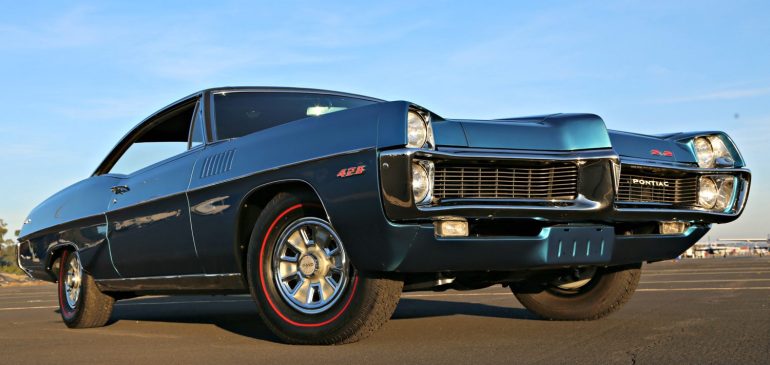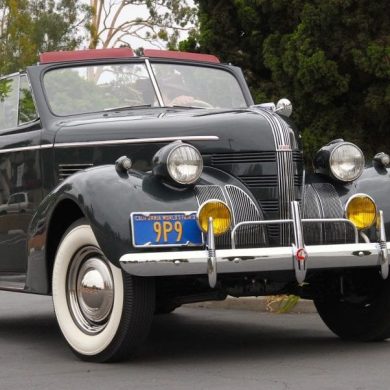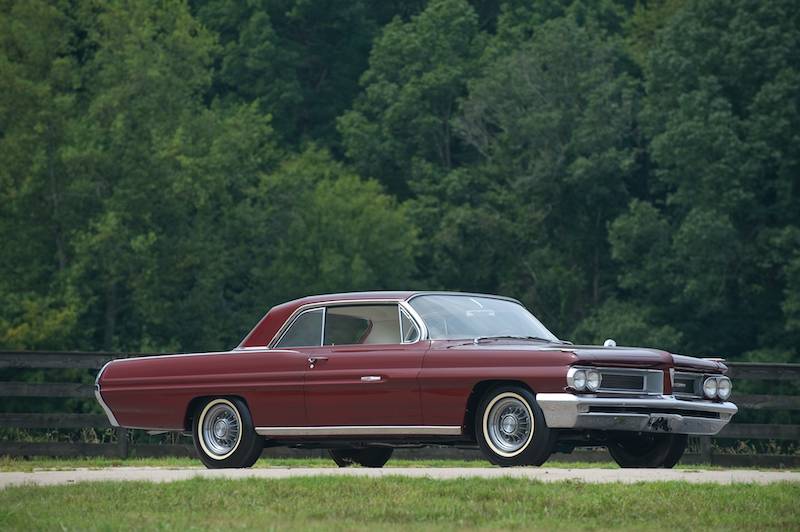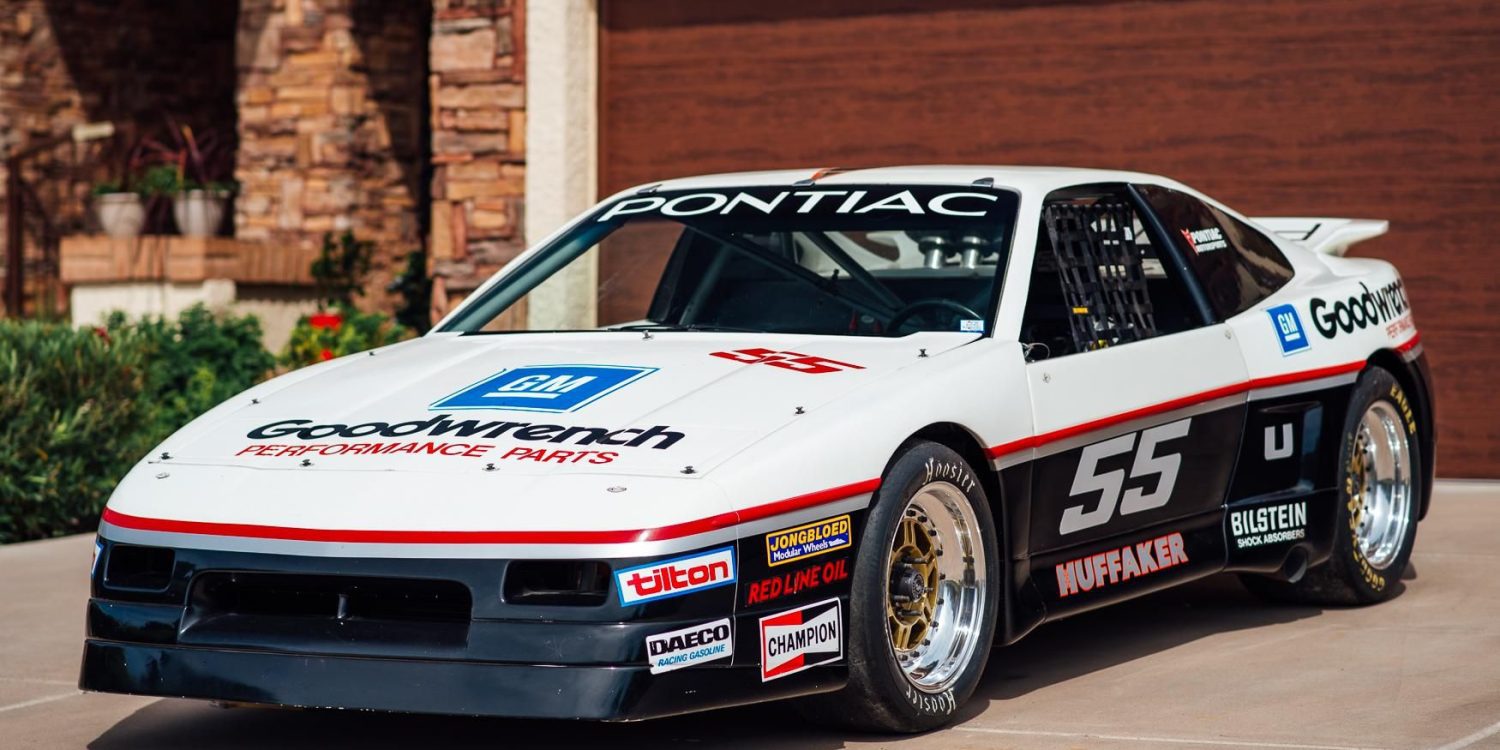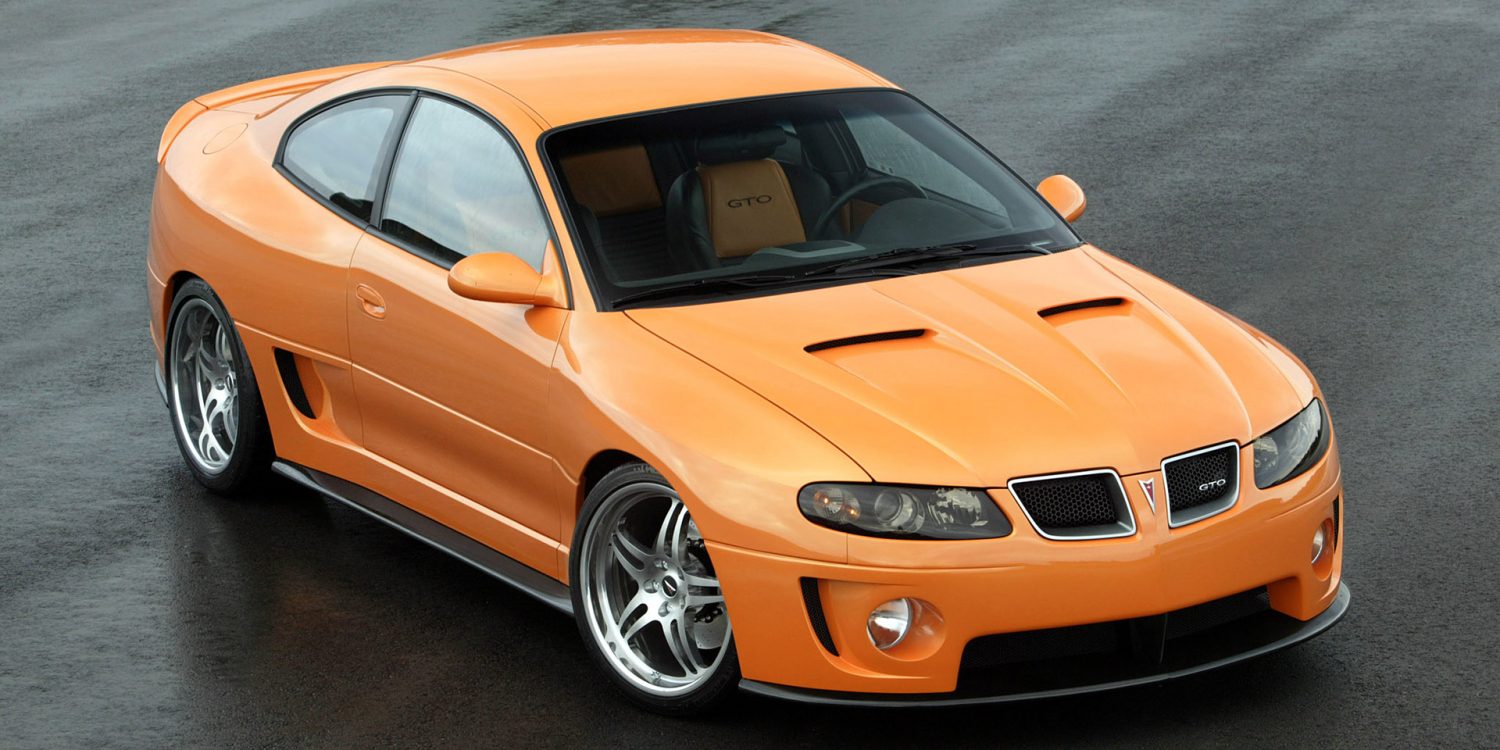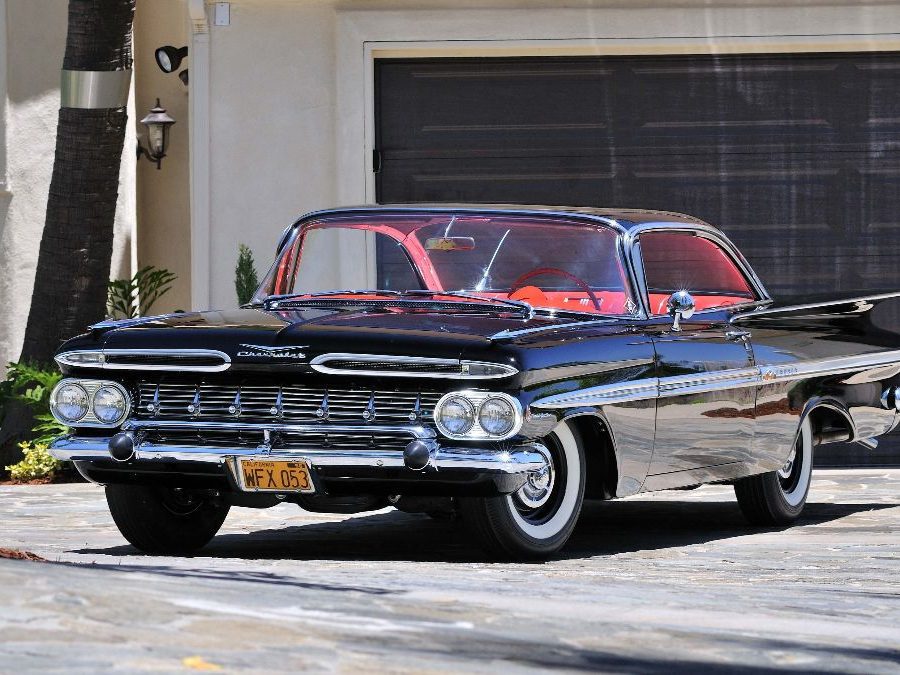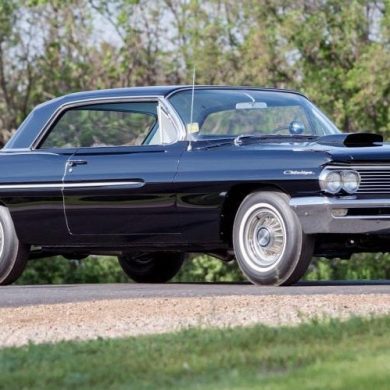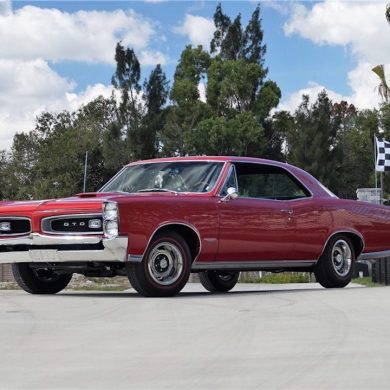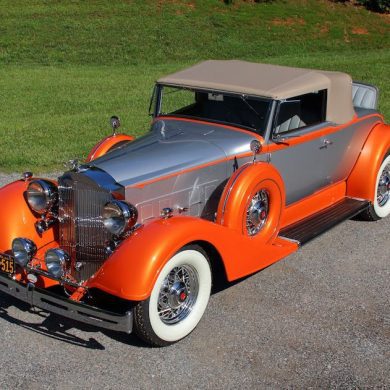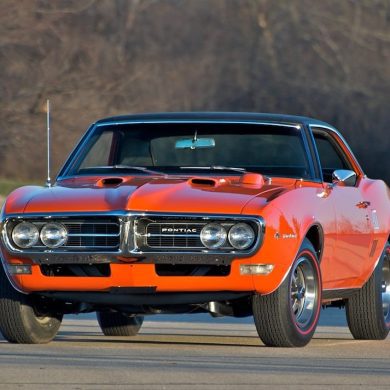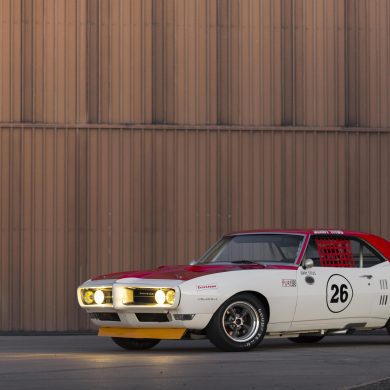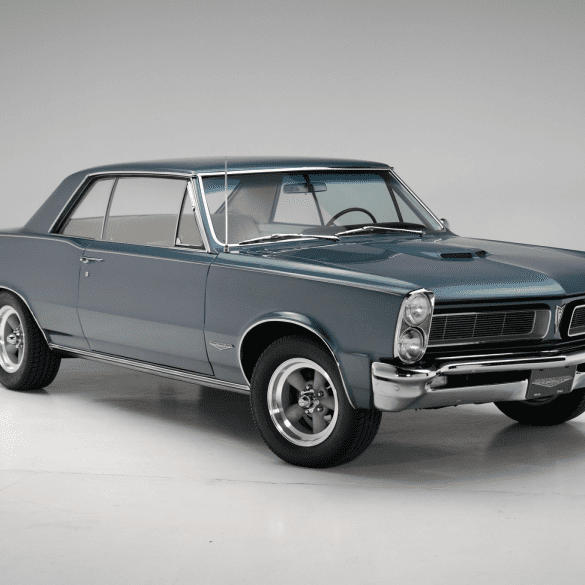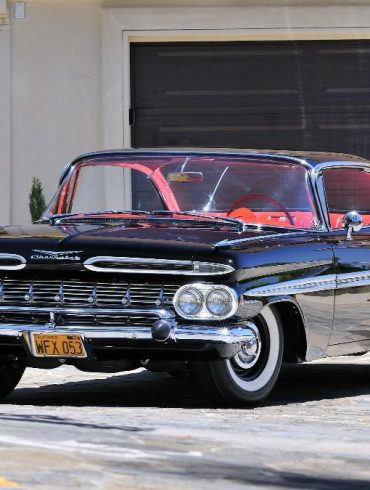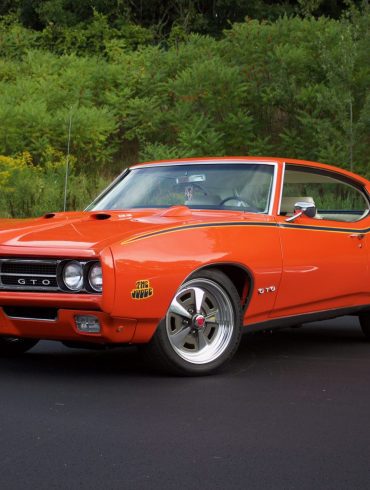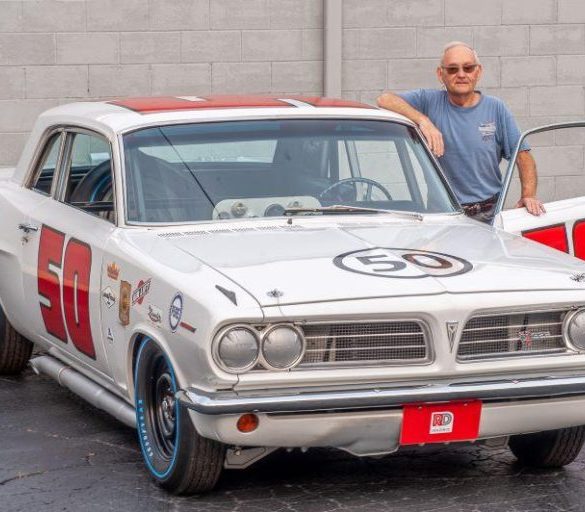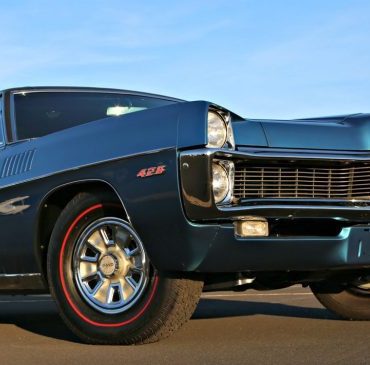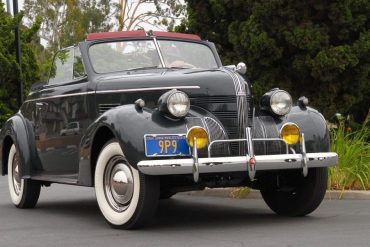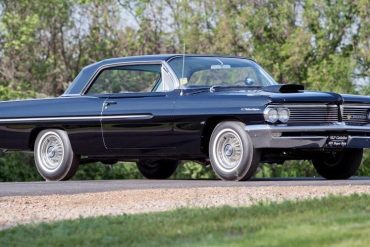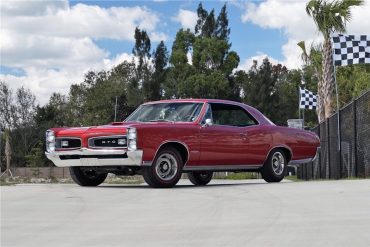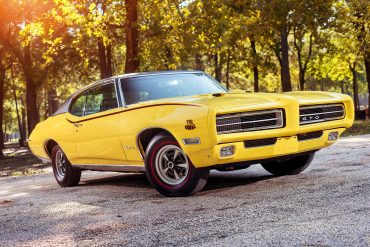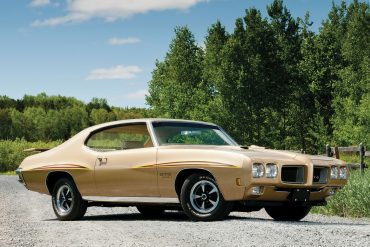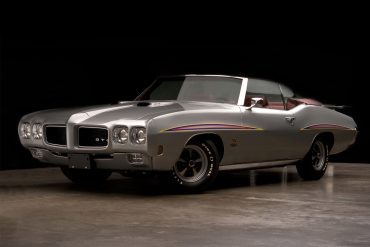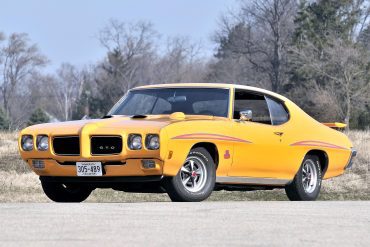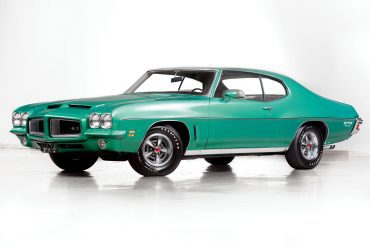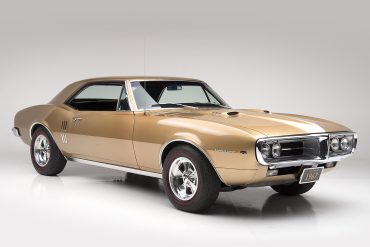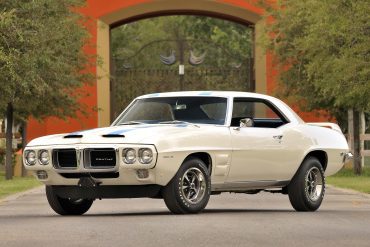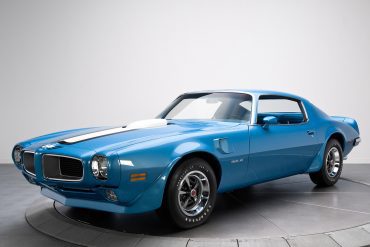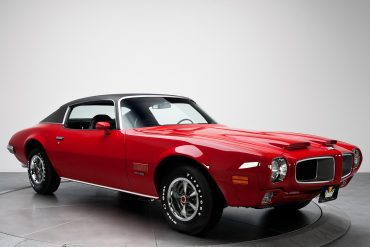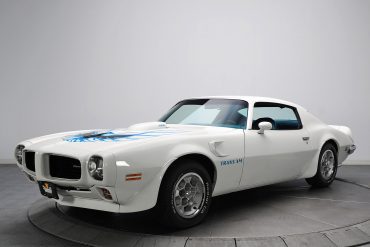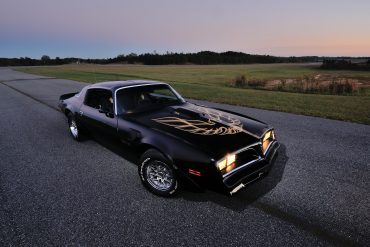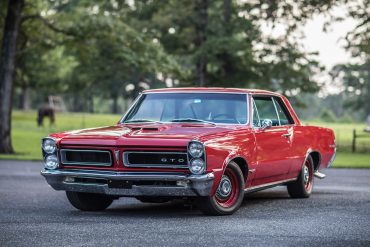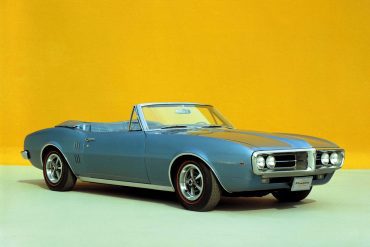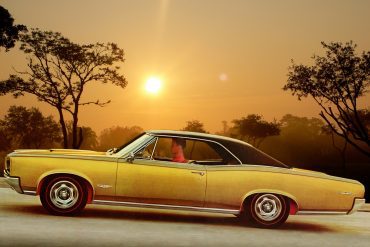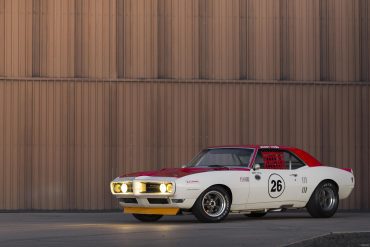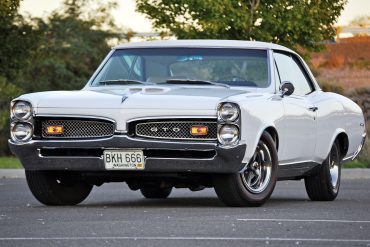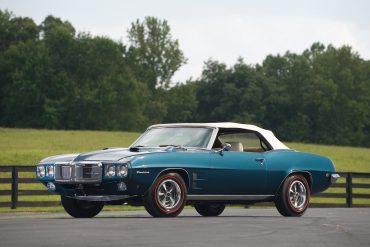
Pontiac
Research, History, Reviews, Media & More
News / Models / Features / The Market / Videos & Images
An American Story
From its inception in 1926 to its bittersweet end in 2010, Pontiac stood as a pillar of American automotive culture, driving innovation and setting trends with its distinctive blend of performance, style, and affordability. The Pontiac story is one of ambition, iconic cars, and ultimately, a nostalgic end. Let's take a ride through the history of Pontiac, exploring its iconic models, brand values, and its undeniable influence on automotive trends.
Rise of an Icon
Pontiac began as a companion marque for General Motors' Oakland line but quickly outpaced it in popularity, leading to Oakland's demise. Named after the famous American Indian chief, Pontiac established a reputation for building dependable and affordable vehicles that didn't skimp on style or performance—principles that would guide the brand throughout its existence.
Defining Models that Shaped Generations
Pontiac GTO: Introduced in 1964, the GTO is often credited as the first true muscle car. By placing a large V8 into a mid-sized car, Pontiac created a template that would define an era. The GTO combined raw power with street style, becoming an icon of American muscle.
Pontiac Firebird and Trans Am: Launched in 1967, the Firebird mirrored the Chevrolet Camaro's platform but took its unique stylistic approach, especially with the Firebird Trans Am. This model became a cultural icon, immortalized in films and as a symbol of rebellion and freedom.
Pontiac Bonneville: Originally introduced in 1957 as a limited production convertible, the Bonneville evolved into a full lineup of vehicles, known for their innovation, luxury, and performance. It epitomized Pontiac's ability to blend luxury with performance at an affordable price.
Pontiac Fiero: In the 1980s, the Fiero broke new ground as America's first mass-produced mid-engine sports car. Although it faced challenges, the Fiero remains a testament to Pontiac's willingness to innovate.
Pontiac Solstice: One of the last models introduced, the Solstice was a compact roadster that encapsulated the essence of Pontiac's sports car aspirations. Its stylish design and performance handling made it a fitting tribute to the brand's legacy.
Brand Values and Market Impact
Pontiac's brand was built on a foundation of performance, affordability, and innovation. The marque was particularly adept at adapting to the evolving tastes and trends of the American public—from the muscle car frenzy of the 1960s and 70s to the efficiency and technological innovations of the 2000s. Pontiac often led the way in introducing features that would later become standard, such as the modern muscle car concept and the introduction of sporty, compact models.
Pontiac’s Influence on Auto Trends
Pontiac not only participated in automotive trends but often set them. The GTO inspired a muscle car race among American automakers, pushing the limits of power and performance during the 1960s and 70s. The Firebird and Trans Am helped popularize sports cars that were as powerful as they were visually appealing. Even in its final years, Pontiac's designs remained influential, with models like the G8 sport sedan, which introduced American drivers to the blend of Australian performance engineering with American style.
A Fond Farewell
Despite its significant contributions and a loyal fan base, Pontiac was not immune to the challenges facing the auto industry in the late 2000s. In 2010, during a restructuring period for General Motors, the difficult decision was made to discontinue the Pontiac brand. While the lights may have dimmed on new production, the spirit of Pontiac lives on in car shows, collectors' garages, and the memories of enthusiasts who know and love what it meant to drive a Pontiac.
Pontiac's legacy is one of pushing boundaries and embracing the spirit of American innovation and performance. It is remembered not just for its cars but for its impact on automotive culture and its role in defining what it means to drive with excitement. Pontiac may be gone, but it will never be forgotten.
Did You Know?
Pontiac was named after an 18th-century Ottawa leader, Chief Pontiac, who was famous for leading a rebellion against the British. The name was originally used by the Pontiac Buggy Company in the late 19th century before being adopted by the automobile manufacturer.
Pontiac was one of the first car brands to engage in stunt-based advertising. In 1956, they placed a car on the world’s largest hydraulic jack over Times Square in New York City to promote their “Star Flight” styling.
The GTO Judge, introduced in 1969, was originally planned to be a lower-cost GTO option called "E.T." (for "Elapsed Time," a drag racing term). It ended up being a more expensive, high-performance model. The name "The Judge" came from a popular comedy routine, "Here Comes the Judge," on the TV show "Laugh-In."
The last Pontiac ever made, a 2010 G6, rolled off the assembly line in January 2010. This marked the end of an era for the American car brand, concluding more than 80 years of production.


